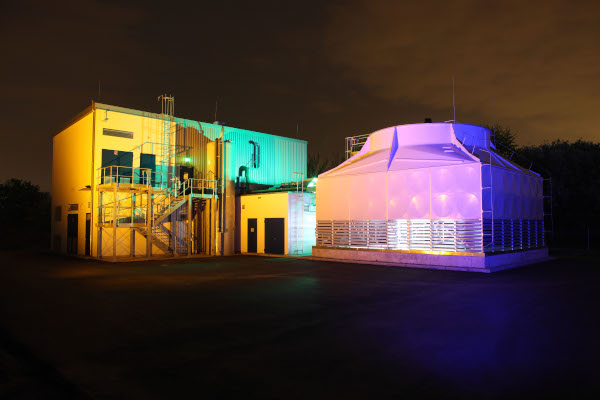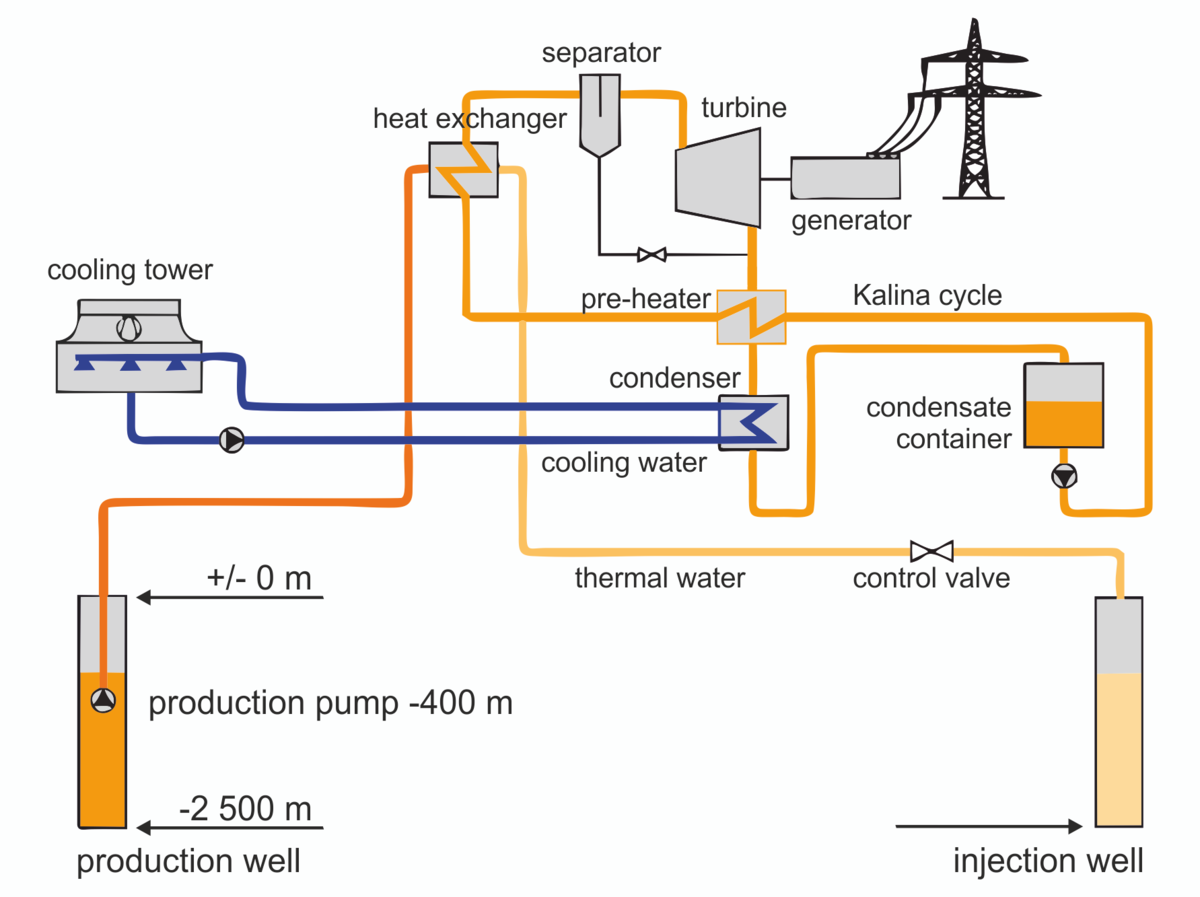Optimized handling of non-condensable gases in binary geothermal systems based on techno-economic modelling calculations
- Supervisor:
Prof. Dr. Jochen Kolb, Dr. T. Kölbel (EnBW AG)
- Person in Charge:Dorothee Siefert
Dorothee Siefert is a PhD student at the AGW Institute at KIT in collaboration with the research and development department of EnBW AG. Her thesis focuses on the investigation on optimization of handling non-condensable gases in geothermal systems. Many technical solutions exist so far but a detailed study on their performance or combination has not been conducted.
Non-condensable gases (NCG) are present in geothermal power plant systems worldwide. When producing the hot fluid, the gases flow as part of the fluid into the surface installations (pipelines, heat exchanger etc.). The solubility of the gases decreases with lower pressure and higher salinity of the brine and may result in two phase flow. This can cause problems, like corrosion as well as decreasing heat exchange efficiency. Depending on local governmental regulations, the emission of those gases to the atmosphere is common. Geothermal energy as a renewable energy has to deal with this subject in order to receive a zero emission status. Different techniques exist already to deal with this subject, but comparatively high operational cost is inherent. Thus, the motivation of this work is the reduction of NCG emissions accompanied by optimized facility design and minimized operational cost.
In collaboration with EnBW AG, this PhD study addresses the modelling of different technical solutions to handle NCG in the thermal water circuit with a following economic evaluation. The technical focus of the study will be modelling of NCG in the thermal water circuit of a geothermal system. Important parameters are, amongst others, the solubility of CO2 in the hot rising fluid, handling the NCG in the surface installations and the impacts of NCG on heat exchange and overall different reinjection strategies. The chemical and physical properties of the NCG as well as fluid regime effects shall be taken into account. The different parts of the thermal water circuit in the model shall be represented each in an integrated complete model. The model will be validated through measured operational and fluid data from existing geothermal power plants.
Based on these results different specific improvement strategies will be developed and analyzed in order to figure out a site specific best choice option. The aim is to optimize suitable technical solutions depending on the relevant chemical and physical parameters.


